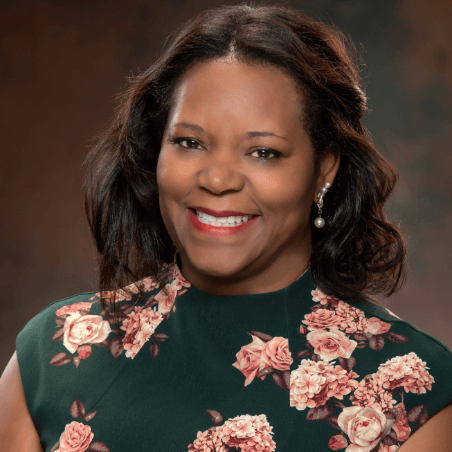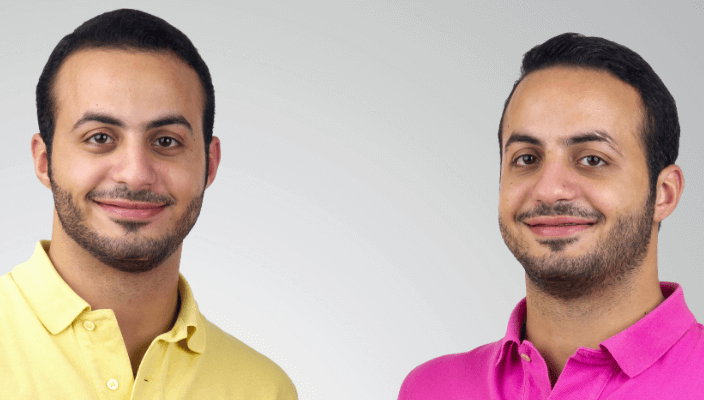 For Consuelo Wilkins, M.D., M.S.C.I., the best part of All of Us is the participants and how the program values them.
For Consuelo Wilkins, M.D., M.S.C.I., the best part of All of Us is the participants and how the program values them.
“One of the unique opportunities we have with All of Us is to actually have participants as part of the Executive and Steering committees,” Dr. Wilkins says. Participants on these committees help design different parts of the program and decide what will happen next.
Dr. Wilkins is the vice president for health equity at Vanderbilt University Medical Center and the director of the All of Us Engagement Core.
“It’s really unusual to have participants involved in this kind of way in a large research program like this,” Dr. Wilkins says. “It’s unusual, and it’s important.”
Dr. Wilkins also helps the program understand how it can help participants. Before All of Us even began, she helped lead a study to find out what people would want from a research program and how to make them feel included.
Her team traveled all over the United States, hosting listening sessions in church basements and community centers. “We thought a lot about how to make sure the program would be able to accommodate and welcome people from all those different backgrounds,” she says. The team held 77 different sessions and heard from more than 650 people.
“In all of these places we went, people were really very interested in participating in the research,” she says. They also wanted to learn as much as possible.
“People just wanted information,” Dr. Wilkins says. “They wanted to know what researchers would be doing with their data and how they were using it. They wanted to know what was going on and what we were learning as part of the research.”
This input showed All of Us how to make a program that people want to join—a program that gives something back.
Right now, participants can see the data they’ve shared and their survey answers. For some questions, they can see how other people have answered. In the future, people who give blood or saliva samples will be able to get back information about their DNA, like ancestry and risks for certain health conditions. Through this newsletter, our social media channels, local events, and other ways, we provide evidence-based health information that may be interesting and helpful to you.
As the program continues, more features and benefits will be added, which will create new opportunities for different types of research. Dr. Wilkins hopes that eventually participants will be able to suggest topics for researchers to consider.
“We as researchers will come up with many amazing ideas and projects to take on,” she says. “But I think we’ll have the greatest impact when we can actually answer questions that come from the people and communities who are participating.”






 For Consuelo Wilkins, M.D., M.S.C.I., the best part of All of Us is the participants and how the program values them.
For Consuelo Wilkins, M.D., M.S.C.I., the best part of All of Us is the participants and how the program values them. The All of Us Research Program is pleased to welcome Joshua Denny, M.D., M.S., in his new role as Chief Executive Officer. Dr. Denny has been an important member of the All of Us team since its beginning, leading the program’s Data and Research Center at Vanderbilt University Medical Center. He will continue to work closely with Eric Dishman and Stephanie Devaney, Ph.D. Mr. Dishman and Dr. Devaney are now the program’s Chief Innovation Officer and Chief Operating Officer.
The All of Us Research Program is pleased to welcome Joshua Denny, M.D., M.S., in his new role as Chief Executive Officer. Dr. Denny has been an important member of the All of Us team since its beginning, leading the program’s Data and Research Center at Vanderbilt University Medical Center. He will continue to work closely with Eric Dishman and Stephanie Devaney, Ph.D. Mr. Dishman and Dr. Devaney are now the program’s Chief Innovation Officer and Chief Operating Officer.